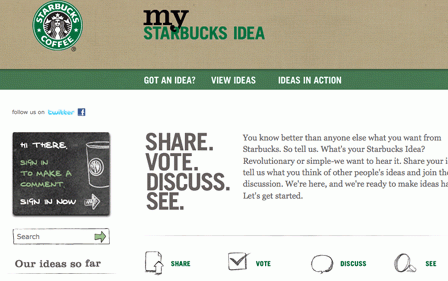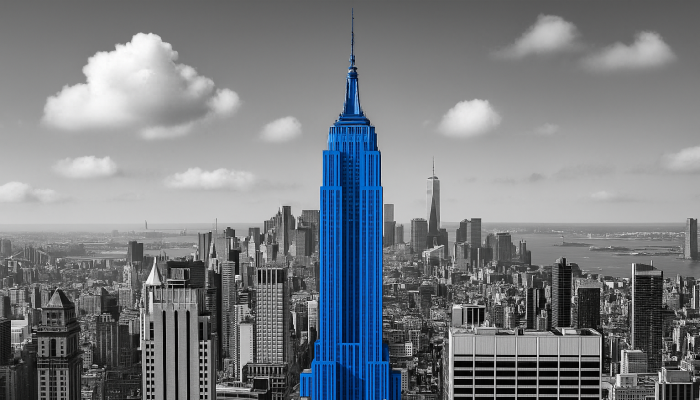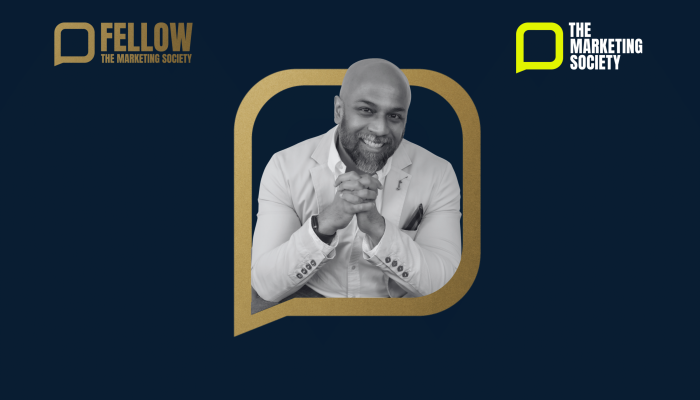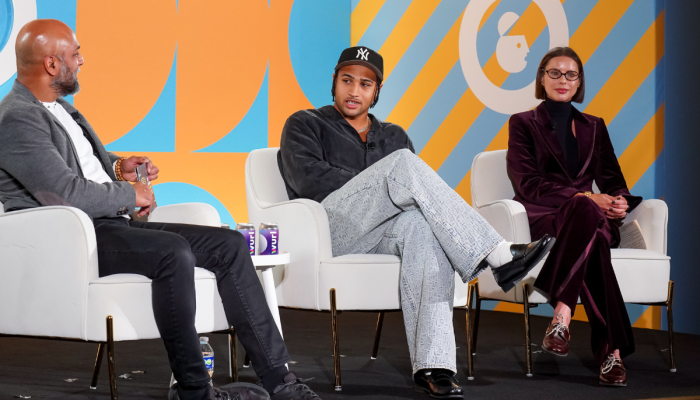VMLY&R's Managing Director, Strategy and Insights, Bediz Eker, looks at what consumers value during and after a crisis, namely, going back to basics, plus ways to de-stress and escape
Since Covid-19 started to fundamentally change the way we live, there has been an influx of predictions about the “new normal”. At the heart of these efforts, there is the basic instinct to cope with the uncertainties that make it impossible to make the simplest decisions in our daily lives, let alone manage our brands. Often, these “new normal” prophecies aren’t always rooted in data and remind us of trends derived from short term observations.
But making an educated guess isn’t actually all that complicated. In fact, a glimpse of the post-pandemic world is right under our noses. Although it isn’t as fun as making prophecies about the future, looking at analogous data from recent historical events that defined our societal destiny is a good starting point.
Seeing our target audiences as more than just consumers/customers and using an ethnographic approach to understand the impact on them as human beings is the second important step. And finally, looking at the social data is crucial to track how people are reacting to the actions that brands are taking. These are the three simple actions we took while figuring out the strategies of our own brands at the early stages of this global pandemic. But considering that everyone can do their own social media analysis, I’d like to focus on our learnings from historical data and the human truths of today.
History repeats itself
In order to cope with the uncertainties dictated by this pandemic, we prioritized learning lessons from the past rather than prophesizing about the future. Just as scientists have been trying to understand the 100-year-old Spanish Flu to better deal with Covid-19, strategists need to look at the historical events that shaped consumer trust and expectations in order to better manage the impact of the pandemic on our brands. We looked at our BAV (Brand Asset Valuator) research’s historical data to understand how the September 11 terrorist attacks, SARS pandemic in 2003 and global financial crisis in 2008 impacted consumers’ expectations and how brands’ responses were perceived.
After the September 11 terrorist attacks, the most drastic changes in customer experience took place in air travel. Once passengers at the airport started to be treated more like security risks than valued customers, excitement and joy disappeared from flying. In an era like this, Southwest not only refused to compromise on its imagery attributes of Fun, Friendly and Customer-centric but invested in them to the point that those attributes in fact defined its brand. As a result, BAV showed us that Southwest enjoyed differentiation exceeding category norms when the crisis subsided. This tells us that in times of uncertainty brands should continue investing in core values consistently to strengthen their positioning.
Like today, SARS pandemic that took place almost 20 years ago also involved an extensive lockdown in China and negatively impacted businesses and brands from various categories. When we look at BAV data from 2005, following the SARS outbreak, we see a significant erosion in imagery attributes of brands from almost every category except technology brands.
Alibaba especially stands out amongst them, thanks to its innovations that address consumer expectations in this category. Although known as a B2B brand in the early 2000s when the SARS pandemic broke out, Alibaba invested in its technology to launch consumer facing Taobao during the crisis. This accelerated consumers’ adoption of e-commerce and the brand significantly improved its key imagery attributes such as Leader, Trustworthy and Customer-centric.
In order to understand the impacts of the 2008 global financial crisis on consumer expectations, we identified pre- and post-crisis drivers of Brand Strength, a combination of BAV imagery attributes that define Differentiation and Relevance. Pre-financial-crisis data (2005) indicated that imagery attributes such as Prestigious, Trendy, Glamorous and Stylish were driving Brand Strength. However, by 2009 data shows that consumers’ post-crash priorities reflected “back to basics” like Value, Helpfulness, Reliability, Simplicity, Customer-centricity, Trustworthiness, and Quality.

This also explains why brands like Ziploc, Kraft, Walmart, Starbucks and Dyson emerged stronger after the financial crisis. In a nutshell, historical BAV data tells us that the brands that emerge stronger from times of crisis are those that invest in innovation in response to drastic changes in consumer expectations, while staying true to their core values. Improving imagery attributes related to customer-centricity drive Consideration and Usage during times of uncertainty. However, brands that interpret customer-centricity as lower prices suffer erosion in Brand Strength in the long run, even if they are seen as viable alternatives during times of crisis.
Understanding humans over consumers
Although historical quantitative data such as BAV shines a light into the future, our calculations of the post-pandemic world lack a crucial foundation until we listen to the human stories of our time. Thanks to our Research Studio at VMLY&R, we have been conducting virtual ethnographies to reflect the human aspect of Covid-19. Exposing society’s flaws, Covid-19 has impacted communities and individuals in different ways. Depending on which socio-economic class they belong to, respondents mainly talk about two different sets of challenges. While white collar workers, who can keep working from their homes, complain about losing work/life balance, front-line workers tell stories of risking their lives every day and having to go out to provide for their families.
But regardless of their income levels, we see most people trying to regain control over their lives in various ways. When they have to stay home, they’re filling their free time with activities that give them a sense of control. Sometimes they’re looking for ways to de-stress to escape from the limitations dictated by the pandemic. Others try to be more productive and find small glimpses of change to feel like they’re making progress. They are constantly striving to find creative outlets to tune into and break away from the monotony of lockdown. Although people demonstrated unity and collaboration at a community level during the earlier stages of the pandemic, different views on how to prevent the spread of the virus and a lack of control over others’ actions have led to a heightened level of division, criticism and judgment more recently.
Ways to de-stress... ESSENTIAL WORKERS ANTHEM, with DJ Marc Rebillet
On a more personal level however, constant togetherness with their inner circles has provided many an opportunity to see themselves and their relationships through a new lens - and the constant surprise of learning something new about those they thought they knew best. Even though these connections are being tested as stress levels rise, established couples seem to be relieved their relationships have strengthened as a result of uncertainty.
No need to label 'normal'
While it’s our responsibility to anticipate upcoming trends and pivot our brands accordingly, rushing to conclusions from short-term observations and labelling them the “new normal” won’t help. The way we live, and how our society operates is our “normal” and it is constantly evolving.
Adapting to this evolution in the best way possible and making sure that our brands keep their special places in consumers’ hearts and minds is our primary responsibility. We will have a better chance of achieving this if we learn from the best practices of yesterday, listen to the human stories of our target audiences today and meet changing circumstances with a relentless willingness to adapt.
This article came from issue 9 of Marketing Society publication Empower. Read the archive here.



